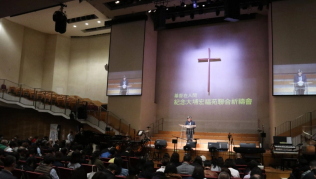

The massive tornado that devastated an area near Oklahoma City left entire neighborhoods flattened, homes, businesses and schools destroyed. 237 people are injured and the number of dead may rise beyond the current official count of 24, Oklahoma Gov. Mary Fallin said today.
The Oklahoma state medical examiner's office said 24 bodies had been recovered from the wreckage, including nine children, down from the 51 they had reported earlier.
Among the countless buildings struck by the two-kilometer-wide tornado were two elementary schools.
Authorities said Briarwood Elementary School in Moore received a "direct hit" from the storm and was also destroyed, with its roof and walls blown off.
"A lot of parents started walking, running to Briarwood, and when we got up to Briarwood, it had been just completely destroyed," Moore resident Robert Raymond said. "I'm just happy that I was able to find my son and my family is OK. The scene over there at the school is just catastrophic. I've never seen anything like it before." ABC news reports.
Seven children died at Plaza Towers Elementary School, which took a direct hit, but many more survived unhurt.
President Barack Obama declared a major disaster area in Oklahoma, ordering federal aid to supplement state and local efforts in Moore. He dispatched Federal Emergency Management Director Craig Fugate to Oklahoma, the White House said.
"It looks like we have lost our hospital. I drove by there a while ago and it's pretty much destroyed," Lewis told NBC.
The National Weather Service gave a preliminary rating of at least EF-4, meaning churning wind speeds of up to 200 mph.
The National Weather Service Storm Prediction Center warned the town 16 minutes before the tornado touched down at 3:01 p.m., which is more than the average eight to 10 minutes of warning, said Keli Pirtle, a spokeswoman for the center in Norman, Oklahoma.
Firefighters from more than a dozen fire departments worked all night under bright spotlights trying to find survivors at Plaza Towers school. Rescuers were sent from other states to join the search.







